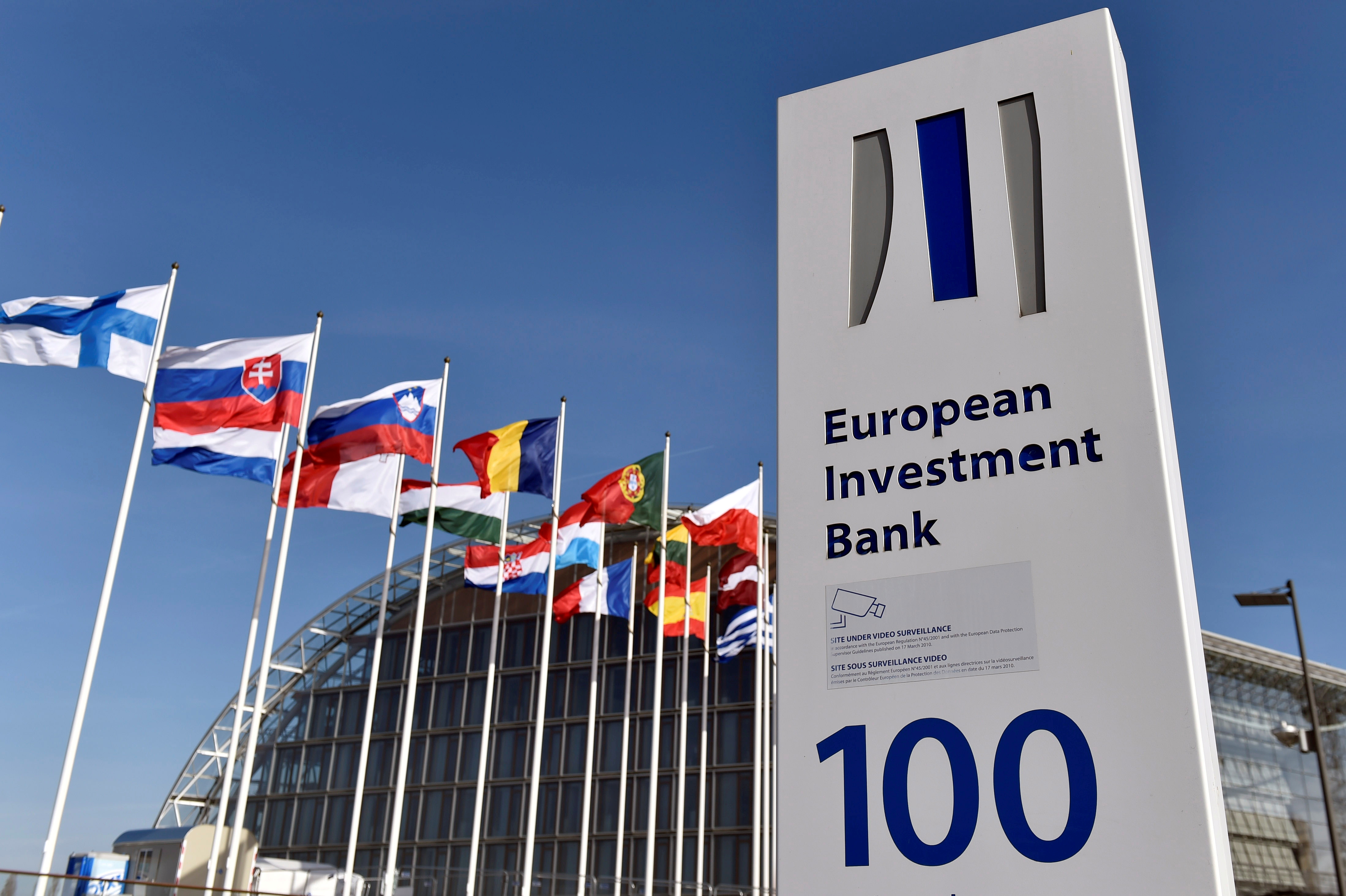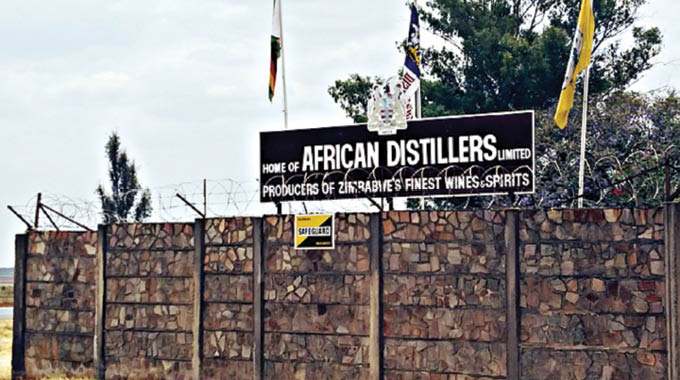Government intends to grow the economy that suffered a major knock from the illegal sanctions imposed by the West for over a decade by at least 9,9 percent in the next five years through value addition in various sectors. These projections are contained in the economic blueprint dubbed "Zimbabwe Agenda for Sustainable Socio-Economic Transformation (Zim Asset)."
The policy was adopted by the Zanu-PF Politburo on Wednesday. The policy document also says Government would mobilise local resources to liquidate the US$6,1 billion external debts.
Zim Asset will guide economic transformation and development in the next five years, as the Zanu-PF Government sets key priority areas founded on uplifting both social and economic factors of Zimbabweans.
"During the plan period, the economy is projected to grow by an average of 7,3 percent," reads the policy document. "It is expected to grow by 3,4 percent in 2013, 6,1 percent in 2014 and continue on an upward growth trajectory to 9,9 percent by 2018."
The document that has identified four key priority clusters namely; food security and nutrition, social services and poverty reduction, infrastructure and utilities and value addition and beneficiation, banks on key drivers that are expected to facilitate the economic growth.
Value addition in various sectors among them mining, agriculture, infrastructure focusing on power generation, transport, tourism, information communication technology and enhanced support for small to medium enterprises, are the key drivers of the projected economic growth.
For the Zim Asset policy to be successful, the document identifies key factors that would guarantee positive outcome including among the following; "Strong collaborative partnership among Government agencies, the private sector, citizens and other stakeholders.
"Total commitment and the strong desire to meet people's development expectations and continued use of the multi-currency regime to consolidate macroeconomic stabilisation.
"Introduction of specific economic zones and creation of special funding vehicles such as acceleration of the implementation of the Public Private Partnerships.
"The establishment of the sovereign wealth fund, institutionalisation of Results Based Management across the public sector-civil service, parastatals, state enterprises and local authorities and value addition and beneficiation in productive sectors such as mining and agriculture," reads the document.
Rehabilitation, upgrading and development of key infrastructure and utilities comprising power generation, roads, rail, aviation and water are some of the target areas.
Government would also deliberately implement supportive policies in key productive economic sectors such as agriculture, mining, manufacturing and tourism in order to quickly grow the economy. Alignment of legislation, policies and guidelines by all Government ministries and departments in line with the new Constitution is another target area.
"Execution of this plan will be guided by the following mission: 'To provide an enabling environment for sustainable economic empowerment and social transformation to the people of Zimbabwe'," reads the document.
Zim Asset says the manufacturing sector remained in crisis situation with capacity utilisation declining from an average of 57 percent in 2011, 44 percent in 2012 and 39 percent in the third quarter of 2013.
The decline, the policy document said, was attributable to structural and infrastructural bottlenecks such as erratic power supply, obsolete machinery and dilapidated infrastructure as well as lack of and high cost of capital.
It said fiscal space remained severely constrained due to poor performance of revenue inflows against the background of rising recurrent expenditures and a shrinking tax base.
"Economy saddled with a high debt overhang with an external debt stock of US$6,1 billion as at December 2012 caused by the country's failure to access international capital and investment inflows as illegal sanctions have not been removed," reads the 116 pages document.
Zim Asset adds; "The Government will mobilise funding from its own local resources, which are in abundance and readily available for full exploitation and utilisation.
"The creation of a Sovereign Wealth Fund will be given priority under this plan to backstop and provide predictability and sustainability to Government innovative funding. Additionally, Government will continue to collaborate with all the development partners that have been rendering technical and financial assistance to different sectors of the economy as well as pursuing investment vehicles such as Public Private Partnerships."
Government would also undertake a number of fiscal reform measures in order to improve fiscal policy management and financial sector stability.
The policy document adds that Government would accelerate the re-engagement process with international financial institutions and creditors.
This would be done through policy thrusts that Government has finalised with these institutions under the auspices of the Cabinet approved Zimbabwe Accelerated Arrears Clearance, Debt and Development
Strategy (ZAADS) and the Zimbabwe Accelerated Re-engagement Economic Programme (ZAREP). The blueprint is aligned to Zanu-PF's winning election manifesto, President Mugabe's inauguration speech and his address to Parliament as he officially opened the First Session of the Eighth Parliament.
- Herald
 Concern over Masvingo black market
Concern over Masvingo black market  Kenya declares three days of mourning for Mugabe
Kenya declares three days of mourning for Mugabe  UK's Boris Johnson quits over Brexit stretegy
UK's Boris Johnson quits over Brexit stretegy  SecZim licences VFEX
SecZim licences VFEX  Zimbabwe abandons debt relief initiative
Zimbabwe abandons debt relief initiative  European Investment Bank warms up to Zimbabwe
European Investment Bank warms up to Zimbabwe  Young Investment Professional (YIP) Graduate Programme 2019
Young Investment Professional (YIP) Graduate Programme 2019 










 Young Investment Professional (YIP) Graduate Programme 2019
Young Investment Professional (YIP) Graduate Programme 2019
Editor's Pick